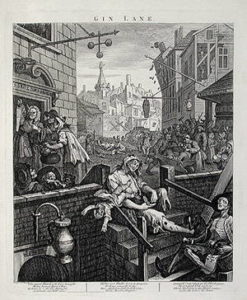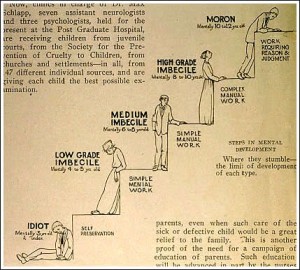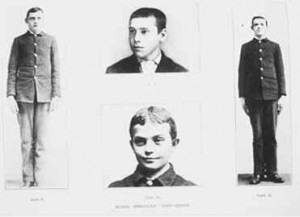Though Congress had tried to site the Canton Asylum for Insane Indians as centrally to the majority of Indian reservations out West as possible, it was still a difficult place for families to visit. Many reservations were hundreds of miles away, and few relatives had the funds to visit regularly.
The family of Robert Thompson was probably typical. Thompson had been admitted to the Canton Asylum in 1907 at age 30, with a diagnosis of hemiplegia–meaning that he had paralysis on one (more typical) or both sides of his body. The condition could be due to several reasons, but because of his age, may have been from cerebral palsy or a tumor rather than a stroke. His diagnosis was later revised to epileptic psychosis.
In 1921, the superintendent of Quapaw Indian Agency in Oklahoma wrote to Canton Asylum’s superintendent, Dr. Harry Hummer, asking that he consider transferring Thompson to a facility closer to his family. Thompson’s sister and aunt had visited him within the year, and had offered to care for him at home. Hummer would not approve of this plan, so the women had contacted the state asylum at Vinita, Oklahoma, which was less than 30 miles away rather than Canton’s 500 miles.
The state asylum was willing to accept Thompson as a patient if the family could get a commitment for him from the county, but Hummer was apparently not so anxious to let him go. Thompson was not released from the Canton Asylum until more than two years later.





